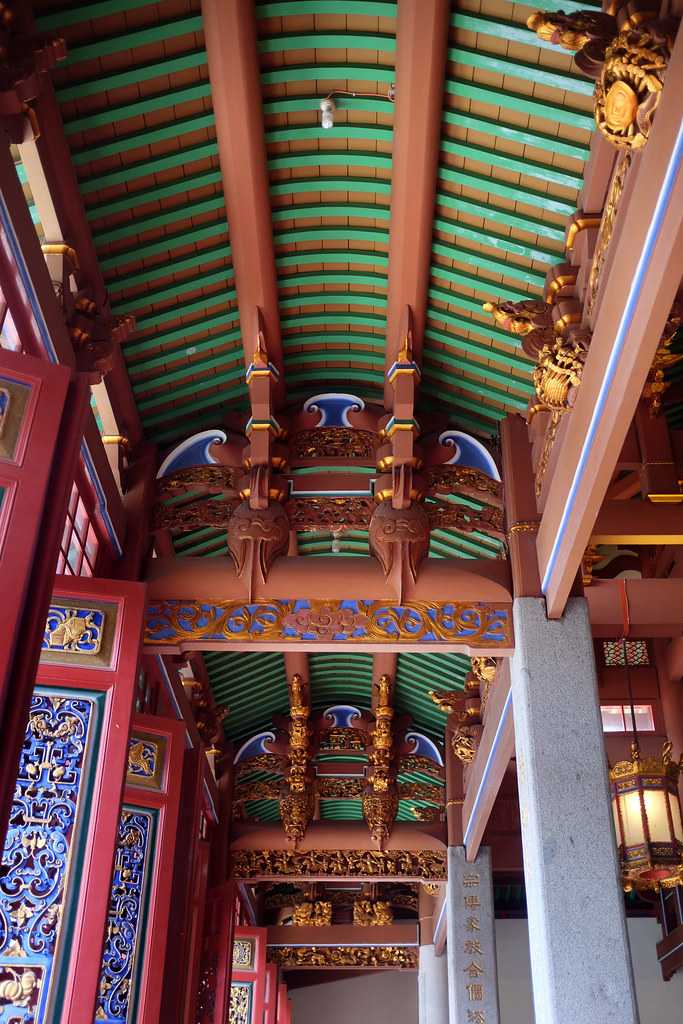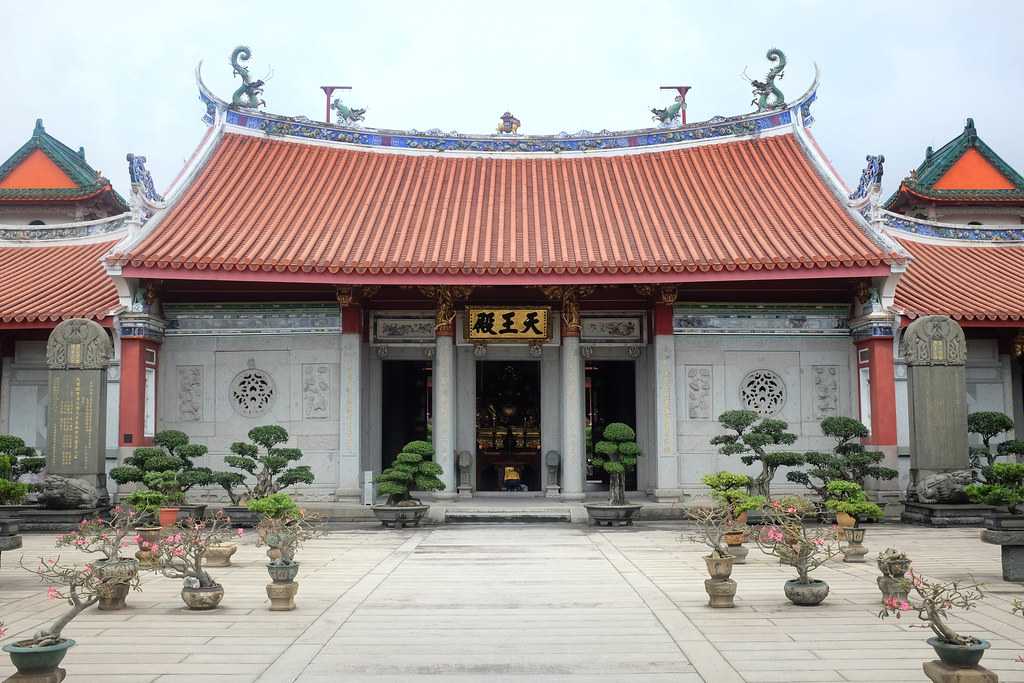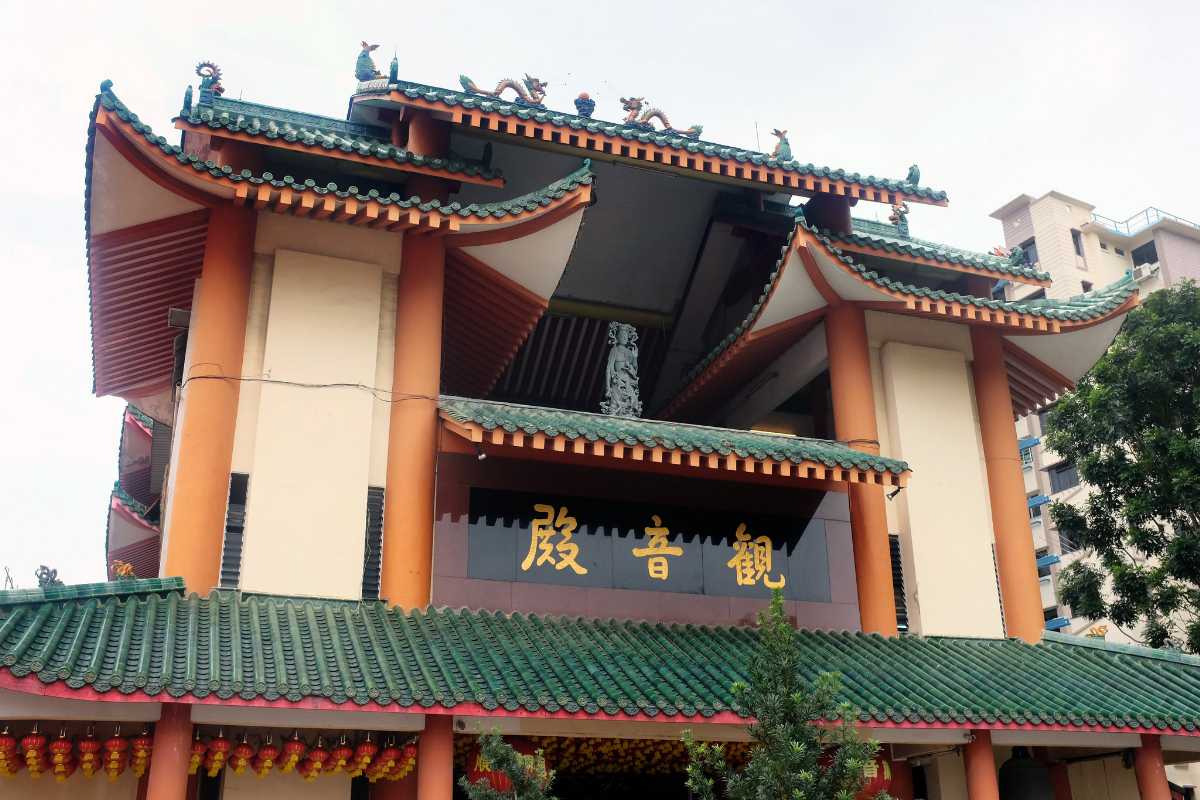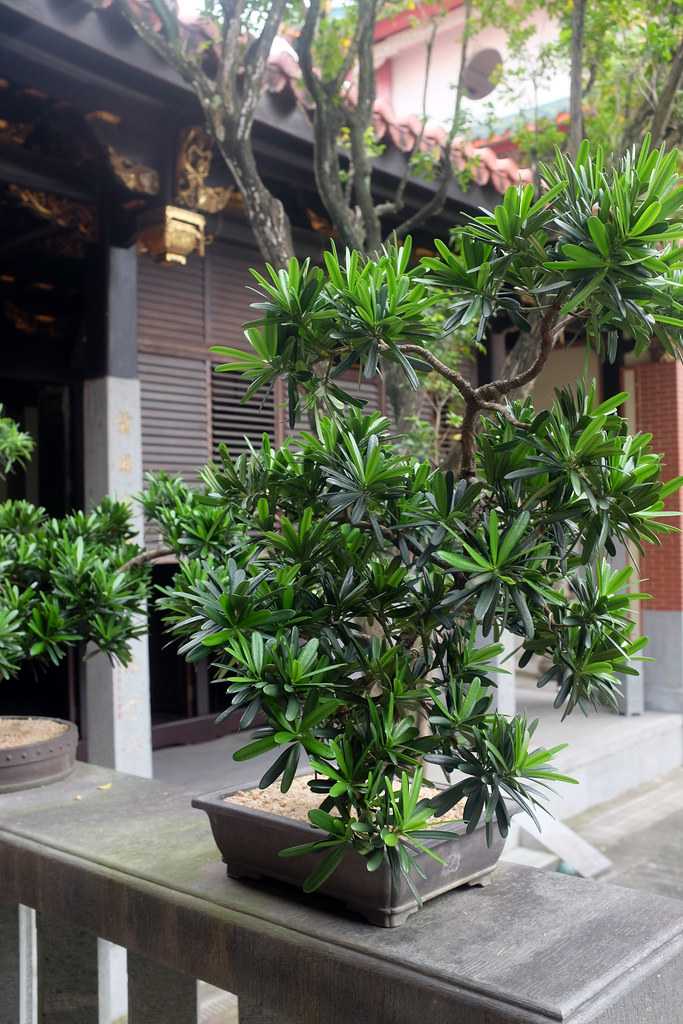Lian Shan Shuang Lin Monastery
₹ 365 onwards
View Singapore PackagesWeather :
Tags : Buddhist Temple
Timings : 8:00 AM - 5:00 PM
Time Required : 1-2 hours
Lian Shan Shuang Lin Monastery, Singapore Overview
Lian Shang Shuang Lin Monastery known earlier as the Siong Lim Temple is a Buddhist monastery based at Toa Payoh, Singapore. The serene monastery consisting of seven different floors that are topped with a gold Pagoda and bears a likeness to the 800-year-old Fujian temple, Shanfeng. This breathtaking temple monastery out as a place of worship amidst the concrete haze of the city.
Lian Shan Shuang Lin is Chinese for 'Twin Grove of the Lotus Mountain Temple' which is in reference to the twin sala tree groves that are in Bodh Gaya, India, under which Lord Buddha received enlightenment. The monastery is constructed in a beautiful melange of Chinese architectural styles with immense influences and traces of authentic Chinese architecture. Inside the complex, the is courtyard filled with Bonsai trees, connected to the monastery's three halls (of which Mahavira Hall is the most stunning) through a beautifully shaded pathway. Gazetted as a national monument, the Lian Shan Shuang Lin Monastery has a deep history of more than 100 years.
Read More on Lian Shan Shuang Lin Monastery
Architecture of Lian Shan Shuang Lin Monastery
Mahavira Hall
This hall can be found occupying the middle axis of the structure in the North-South direction. The most ornamental hall within the monastery, the main draw here is the distinct statues of Lord Buddha, sitting cross-legged, depicting the three worlds. The ceiling is divided into three different canopies over the Buddha figures that are carved most intricately to form the ZaoJing. The Hall remains standing with the support of 26 pillars with some of them reaching up to the height of 10 metres. The architecture of this hall is a unique combination of Fuzhou & Quanzhou styles. At the rear of the Hall is a white statue made of Jade representing Avalokiteśvara Bodhisattva brought from Myanmar and placed in Mahavira Hall in 1903. It is a Goddess of mercy and saves all human beings from dangers. This has the devout Buddhists pray to the figurine during times of stress and unhappiness.

Constructed in 1905, this Hall has the statue of Maitreya Bodhisattva displayed centrally with a pair of Celestial Kings occupying each side of the statue. The statue of Skanda Bodhisattva is found behind facing the Mahavira Hall. The entire hall is tall and features an ornate ceiling that is supported by decorative pillars. The carvings are mainly of dragons with the lofty beams created with the age-old wooden framing system that confers to the Zhangzhou style of traditional architecture. The four celestial Kings hold different objects in their hand and are placed on either side of the Hall as protective forces. According to the Chinese tradition, the four Kings promise peace, fortune and happiness for the people.

This Hall is found to the far eastern end of Siong Lim temple. The statue of Guan Yin Pu Sa, also known as Avalokiteśvara Bodhisattva, is found in the centre of the hall. The statue is 11.2 metres tall and contains a thousand hands and thousand eyes. The walls above and on the sides of the statue contain 3000 different copper figurines of Avalokiteśvara Bodhisattva albeit in a seated posture with the countenance revealing a calm and dignified manner.

Legend of Siong Lim Temple
In 1910, the building started to deteriorate as a result of termite infections and extreme weather conditions. Many restoration changes took place in the monastery between 1918-1920. However, there were still cracks in the roof and on a few walls. This led to the setting up of a restoration and preservation committee, who decided to bring back the temple to its former glory without compromising its authenticity. After years of toiling to bring out the old charm of the monastery, in the year 2001, the renovation was finally put to an end, and the doors of the monastery have been open to its visitors ever since.

How to Reach Lian Shan Shuang Lin Monastery
Top Hotel Collections
Top Hotels Near Lian Shan Shuang Lin Monastery
Lian Shan Shuang Lin Monastery Reviews

Have a Question on Lian Shan Shuang Lin Monastery?

experience.